
Image via Wikipedia
The University of Salford in Manchaster will offer a Masters degree in Social Media, focusing on Facebook and Twitter.
Salford claims to be the world’s first to offer a Masters course in social media, but they are not. That title goes to Birmingham City University which announced their one-year course in Social Media in March. For a cool £4,400 ($7,200) you get a Master’s Degree of … well, let’s just say questionable value.







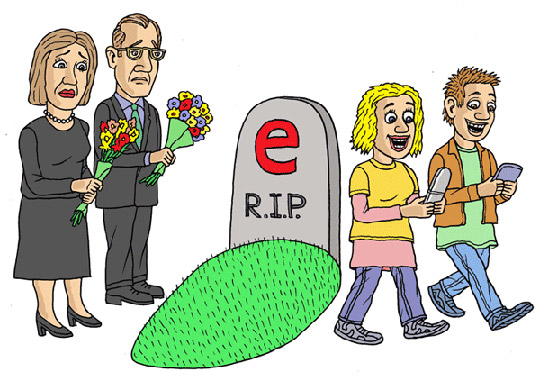



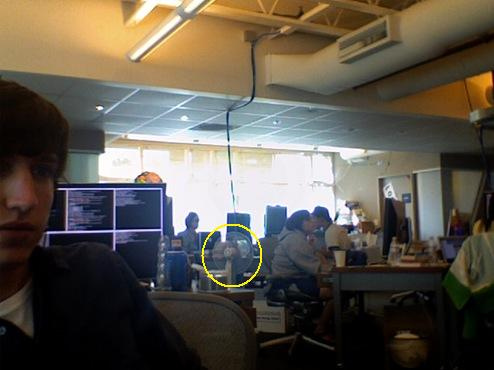
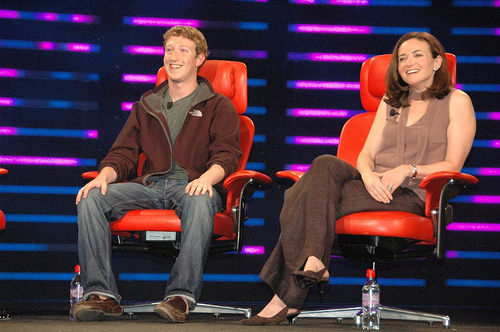


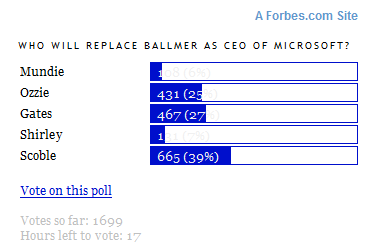



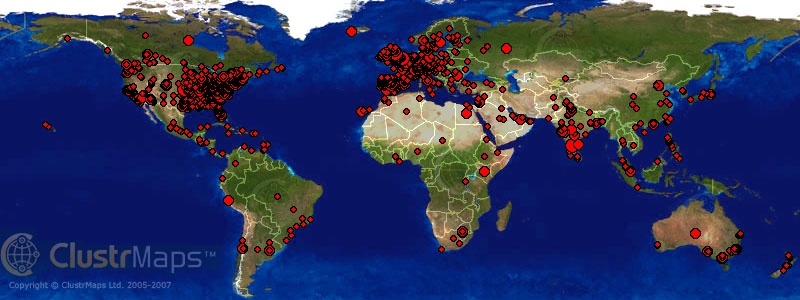
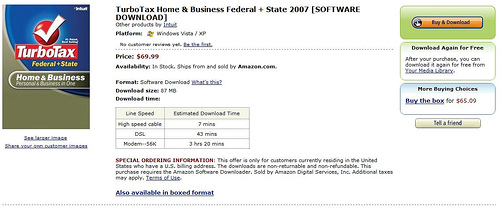
 There’s one thing I really, really don’t like about this new Amazon service: before you can purchase anything, you need to download and install the “Amazon Downloader”, which in turn will download and install the actual product. Now, I don’t know about you, but I certainly am not buying software frequently enough to justify the need for a client, whatever benefits(?) this approach may offer. And of course once you install software, you know you’re in for a lifetime of endless updates…
There’s one thing I really, really don’t like about this new Amazon service: before you can purchase anything, you need to download and install the “Amazon Downloader”, which in turn will download and install the actual product. Now, I don’t know about you, but I certainly am not buying software frequently enough to justify the need for a client, whatever benefits(?) this approach may offer. And of course once you install software, you know you’re in for a lifetime of endless updates…

Recent Comments